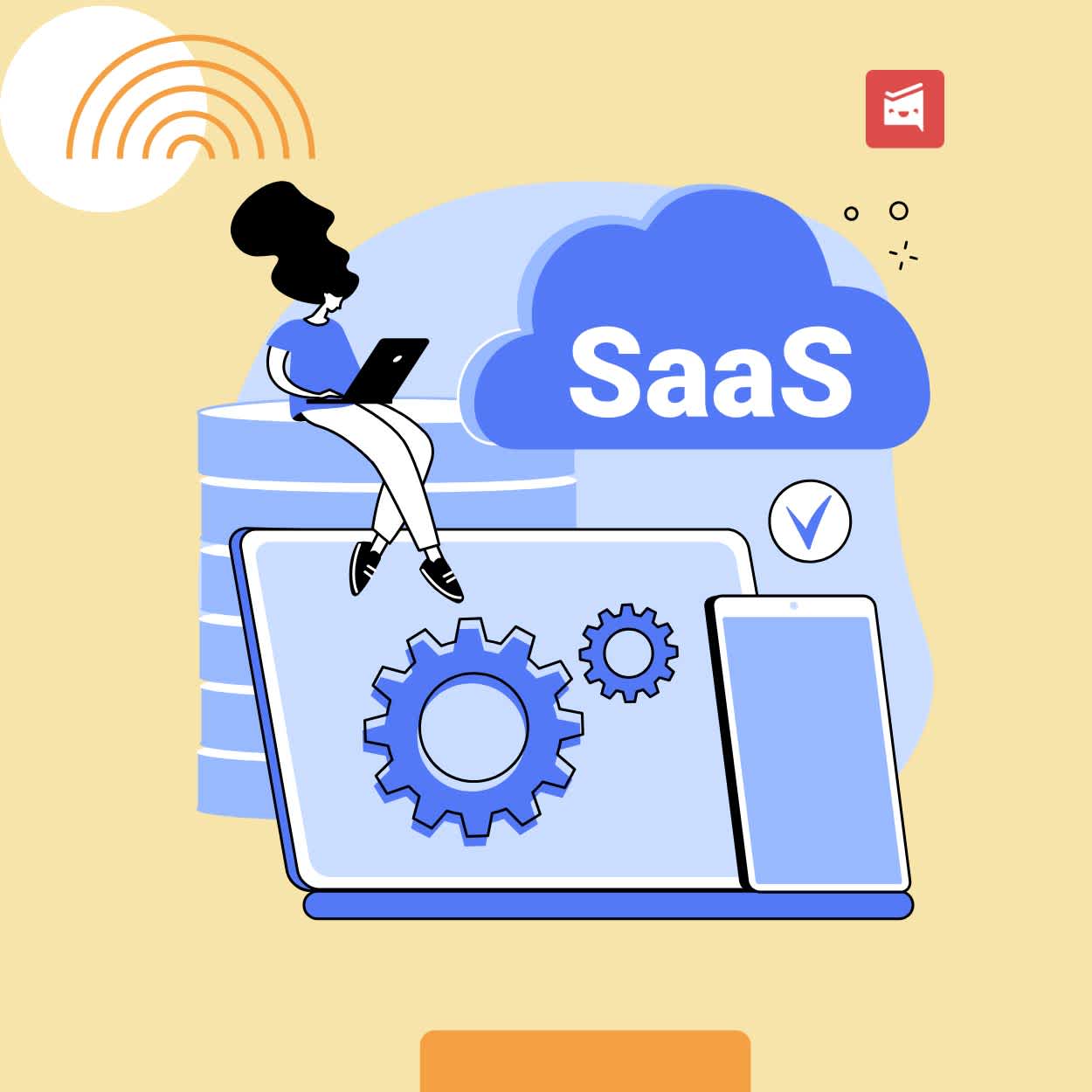Scaling Smart: Why SaaS Governance Matters for Growing Teams
ByJulian Gette
Workast publisher

Workast publisher
As companies scale, their reliance on SaaS tools grows just as fast—sometimes faster. What starts as a few essential platforms can quickly spiral into dozens of overlapping apps, unused licenses, and unmanaged data.
Hence, this article explores the importance of SaaS governance for growing teams. You’ll learn what it is, why it matters, and how to build a practical governance strategy that supports—not slows—your growth.
SaaS governance involves managing and controlling software-as-a-service tools across an organization. Good governance covers key areas like access control, compliance, cost optimization, and security—without restricting flexibility or innovation. It’s not about micromanaging every tool or user but creating clear policies and accountability.
While IT often leads implementation, effective SaaS governance requires coordination across operations, leadership, and end users to align tools with business goals. So, how does this affect growth?
Individual teams often adopt tools independently to solve immediate problems as companies grow. Sales might choose one CRM, marketing picks another platform for campaign management, and customer success adds a third for support tracking.
Without oversight, these choices lead to overlapping functionality, fragmented data, and inconsistent user experiences. The result is a bloated tech stack filled with duplicate apps that don’t integrate well, forcing teams to waste time switching between platforms or duplicating work.
Over time, this sprawl disrupts collaboration, makes it harder to maintain standards, and drives up costs. SaaS governance addresses these issues by creating visibility into what tools exist, their use, and where consolidation can reduce waste and improve alignment.
When no one tracks which SaaS tools are active or who’s using them, costs begin to rise in ways that are easy to miss. Teams often sign up for platforms with recurring fees, then move on to other tools without canceling or reassigning licenses. Subscriptions renew automatically, and with no central system to monitor usage, companies continue paying for tools they no longer need or fully use.
These hidden expenses accumulate across departments, quietly inflating the software budget without adding real value. SaaS governance solves this by introducing centralized monitoring and regular audits to spot unused licenses, duplicate tools, or overpriced plans. With clear visibility, the finance and operations teams can make informed decisions—cutting waste, renegotiating contracts, or reallocating spend to the right tools.
As companies adopt more SaaS tools, each new platform becomes another entry point into their systems and data. Every account created, every integration enabled, and every user added expands the surface area for potential security threats.
Without strong access controls, employees may retain permissions they no longer need. In worse cases, former team members may still have access to company systems. Further, sometimes, teams share logins across departments, making it impossible to track who did what and when.
These gaps make data mishandling, exposure, or exploitation in a breach easier. SaaS governance introduces structure by enforcing role-based access, monitoring user activity, and ensuring de-provisioning during offboarding. It helps companies maintain tighter control as they scale, reducing the risk that growth will outpace security.
As teams adopt more SaaS tools, data often spreads across systems with little coordination. Customer information might live on one platform, financial records on another, and employee data on several more. Without a clear governance framework, tracking where sensitive data resides, who has access to it, and data protection measures becomes difficult.
This lack of visibility makes it harder to meet internal policies and comply with external regulations like GDPR, HIPAA, or industry-specific standards. SaaS governance helps prevent this by establishing policies to guide data access, retention, and security across all tools.
As companies grow, the number of tools employees need access to increases, making onboarding and offboarding more complex. New hires often wait days or weeks to get set up across all platforms, slowing their ramp-up time and frustrating employees and managers. In addition, the lack of a centralized view of who has access to what makes companies continue paying for licenses tied to former employees or temporary contractors.
SaaS governance streamlines these processes by linking user provisioning to role-based templates and automating account setup and removal. With clear ownership and defined workflows, teams can onboard faster and maintain clean, up-to-date user rosters across every tool.
When the standards are unclear, different teams often use the same tools in varying ways—or choose entirely separate platforms to solve similar problems. One department might track work in a project management app, while another uses spreadsheets or a different system.
Over time, this creates fragmented workflows, duplicated efforts, and siloed data they find difficult to align or analyze. Productivity suffers when collaboration depends on switching between tools or reconciling inconsistent information. Hence, SaaS governance introduces standardization around tool selection, usage, and integration, helping teams align processes and share information more effectively.
As software use expands, so does the challenge of understanding what tools deliver real value. Without centralized reporting, leaders rely on scattered feedback, incomplete usage data, or siloed spending reports to make decisions. It makes it hard to know which platforms drive productivity and which ones quietly drain resources.
Governance brings clarity by consolidating data on tool adoption, engagement levels, cost, and potential risk into a single view. With these insights, leadership can confidently identify which tools to invest in, which to phase out, and where to improve compliance or efficiency.
Without SaaS governance, teams risk falling into patterns of waste, confusion, and fragmented systems that slow progress. Implementing the right structure means building a foundation for clarity, consistency, and strategic decision-making.
For instance, setting clear standards for tool usage helps teams collaborate more effectively without forcing everyone into rigid processes. In addition, regular audits uncover what’s no longer serving the team, making it easier to adjust the stack without disruption. These small but consistent practices create a governance model that supports growth rather than slowing it down.
